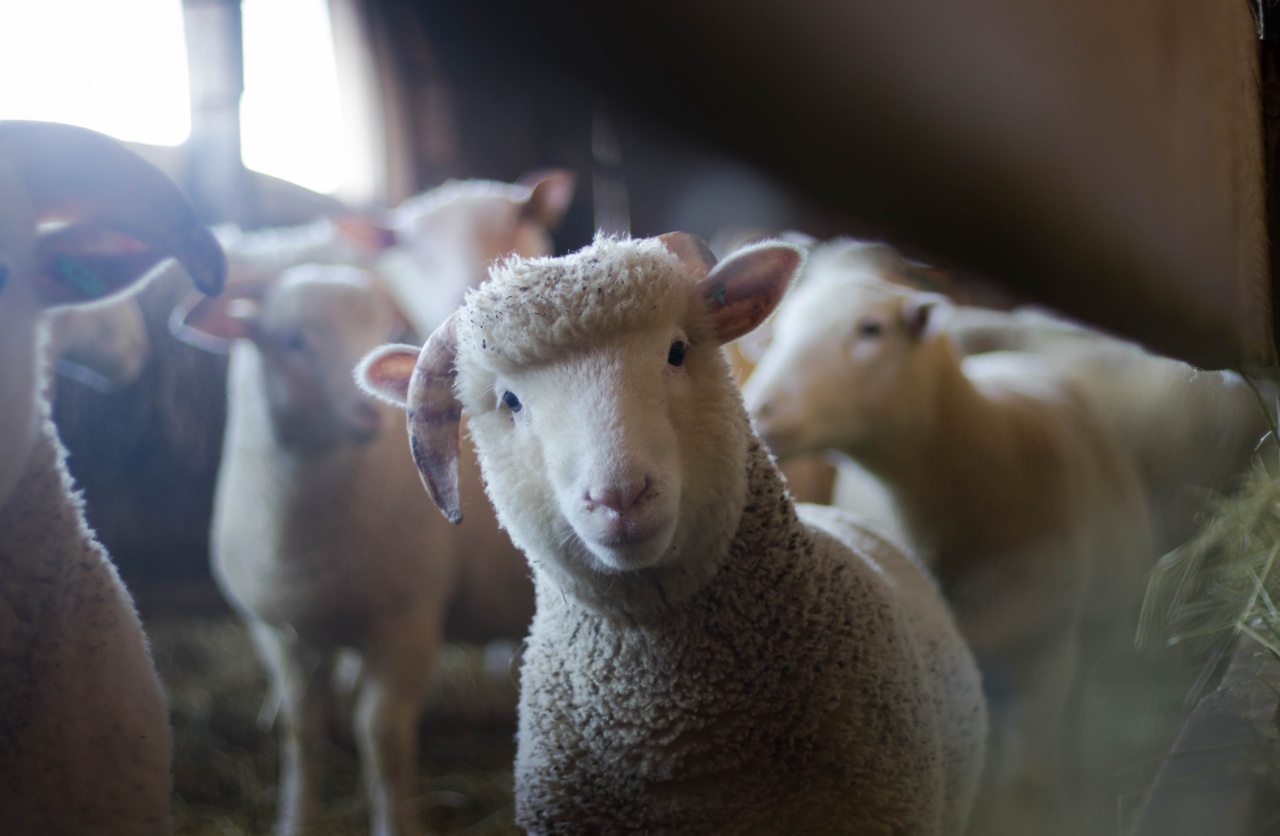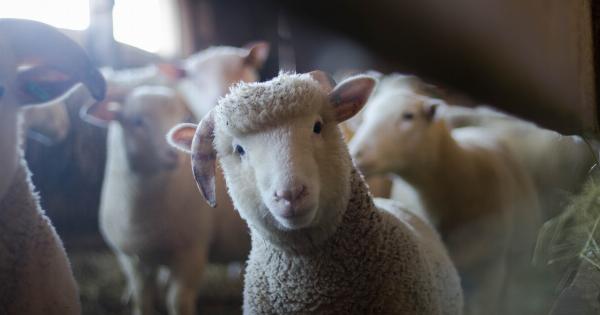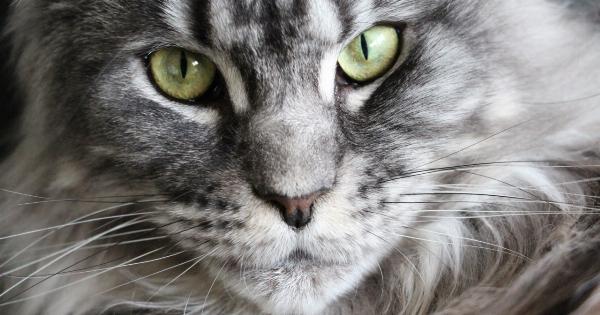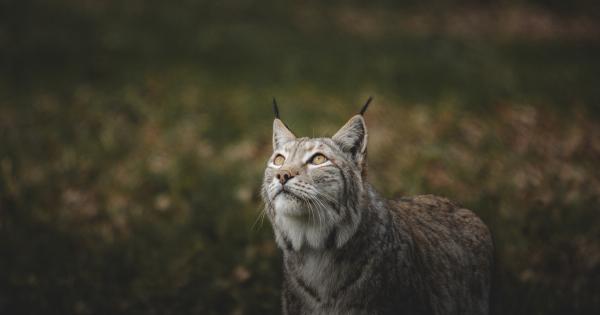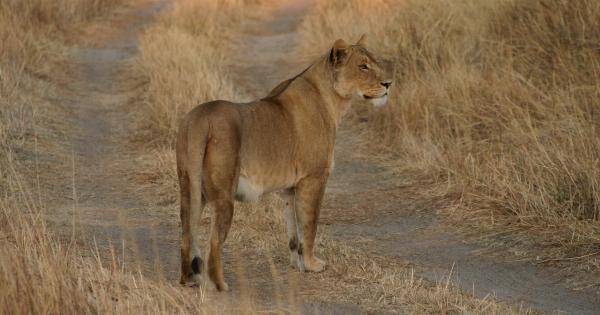In this article, we will explore the story of a lost animal and try to determine whether it was a lamb or a goat that managed to escape.
We will delve into the physical characteristics, behavior, and habitat preferences of both these animals to come to a conclusion. Join us on this journey to uncover the truth about the escaped animal.
The Lamb
Lambs are young sheep, usually under a year old. They are known for their cute and fluffy appearance, often associated with innocence and gentleness.
Lambs are commonly found in agricultural settings, especially in regions where sheep farming is prevalent. Let’s take a closer look at some key features of lambs:.
1. Physical Characteristics of Lambs
Lambs have woolly coats that can vary in color, including white, black, brown, or a combination of these shades. They have adorable, large, and expressive eyes that exude innocence.
Lambs also possess a small and delicate body structure compared to fully-grown sheep. Their hooves are soft and tender, suitable for treading on different terrains.
2. Behavior of Lambs
Lambs are usually playful and curious by nature. They are known to explore their surroundings, often leaping and skipping around. Their energetic behavior showcases their lively and vibrant personalities.
Lambs are often seen grazing on grass in the company of other sheep, displaying their social nature. They also have a tendency to form strong bonds with their mothers and fellow lambs.
3. Habitat Preferences of Lambs
Lambs prefer open grasslands or pastures where they can easily feed on vegetation. They thrive in areas with moderate rainfall and green landscapes. Agriculture-based regions that offer an abundance of grazing opportunities are ideal habitats for lambs.
The Goat
Goats are domesticated mammals that have been bred for various purposes, including milk, meat, and fiber production. They are hardy animals that can adapt to diverse environmental conditions.
Now, let’s delve into the specific characteristics of goats:.
1. Physical Characteristics of Goats
Goats come in different shapes, sizes, and colors. They can have long, short, or even no horns, depending on the breed. Their coats can vary from smooth to coarse, with colorations ranging from brown, black, white, or a combination of these shades.
Goats have expressive eyes with rectangular-shaped pupils, which provide them with a wider field of vision.
2. Behavior of Goats
Goats are known to be curious and intelligent animals. They are skilled climbers and are able to navigate through rocky terrains with ease. Goats are fond of exploring their surroundings, often nibbling on plants and even climbing trees.
They are also social animals, forming herds and maintaining strong bonds within the group. Goats are agile and quick, displaying their robust nature.
3. Habitat Preferences of Goats
Goats have the ability to adapt to various habitats, ranging from mountains and deserts to grasslands and even forests. They are excellent foragers and can survive on different types of vegetation.
Goats prefer places with an ample food supply, water sources, and adequate shelter.
Investigating the Escape
Now that we have examined the characteristics of both lambs and goats, it’s time to analyze the evidence surrounding the escaped animal. Eyewitnesses claim that the animal had a white, woolly coat and adorable, innocent-looking eyes.
They also report that the animal was agile and appeared to be exploring its surroundings. The animal’s preference for grazing on grass further points towards a herbivorous diet.
The Verdict: It Was a Lamb!
Based on the evidence presented, it is highly likely that the escaped animal was a lamb. The white, woolly coat, innocent eyes, and playful behavior align more closely with the characteristics of lambs.
Additionally, the preference for grazing suggests that the animal was a herbivore, typical of lambs in agricultural settings.
Conclusion
Through our exploration, we have uncovered the truth behind the escaped animal. The evidence overwhelmingly supports the conclusion that it was indeed a lamb.
Lambs’ physical appearance, behavior, and habitat preferences provided the necessary clues to crack the case.
